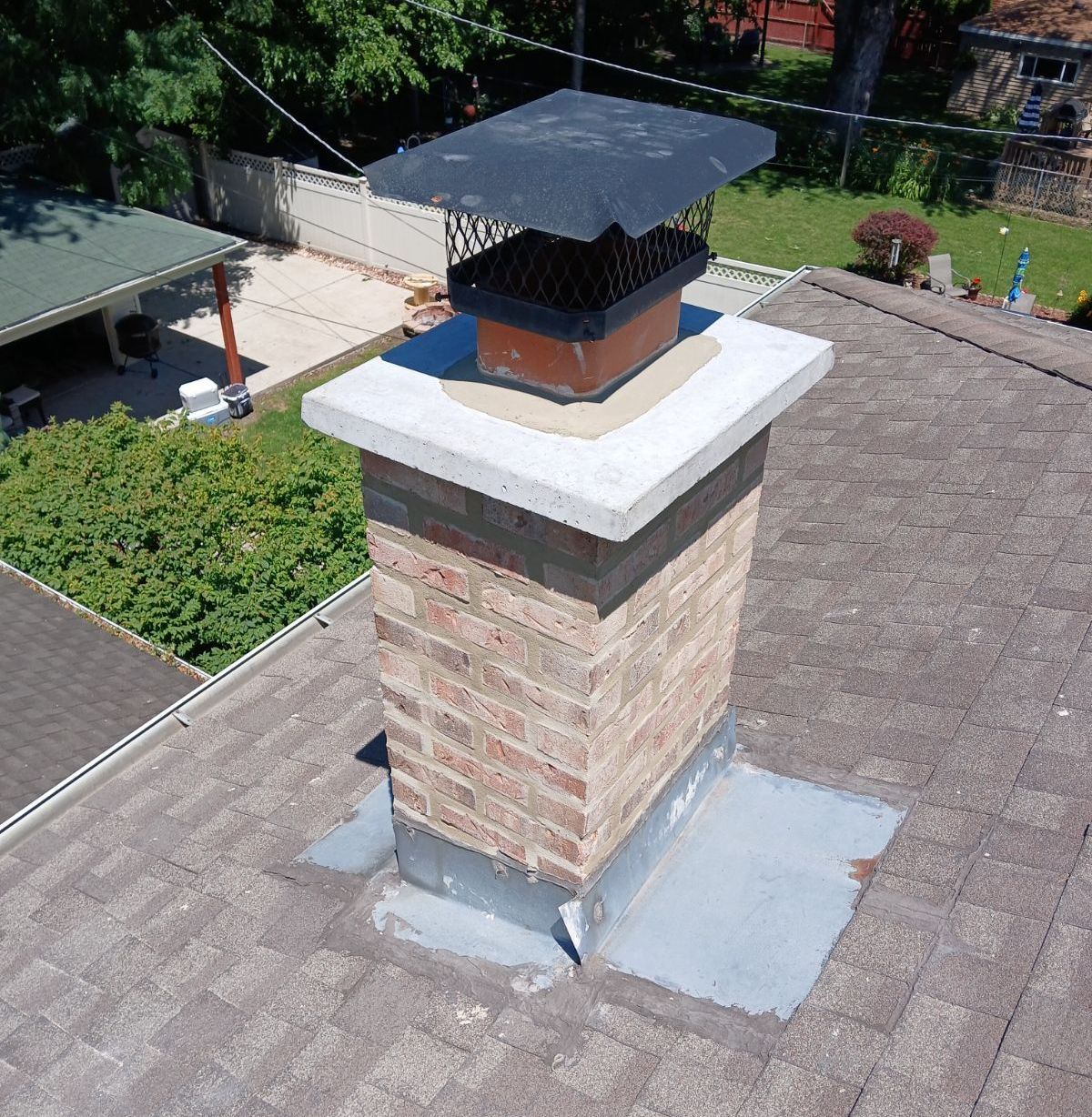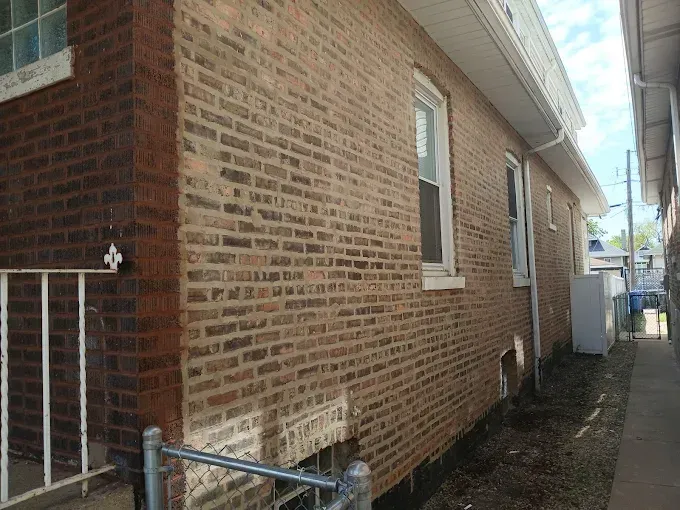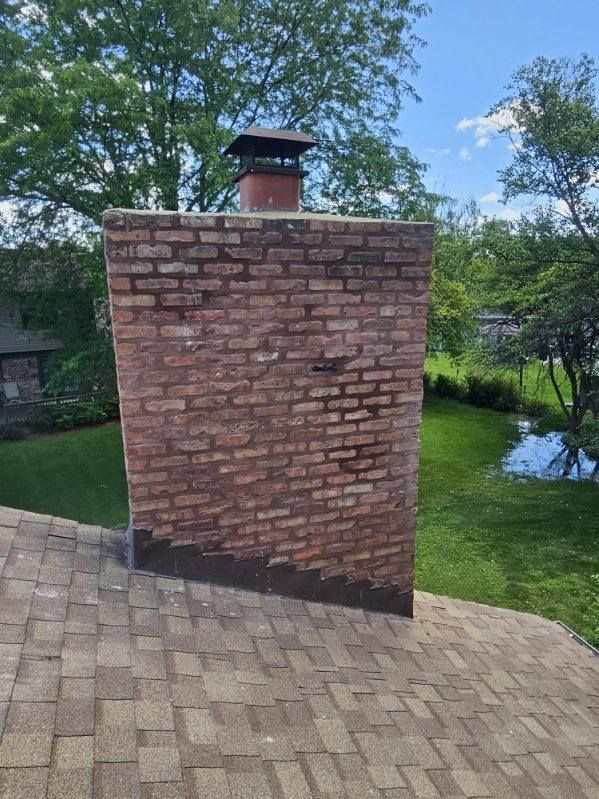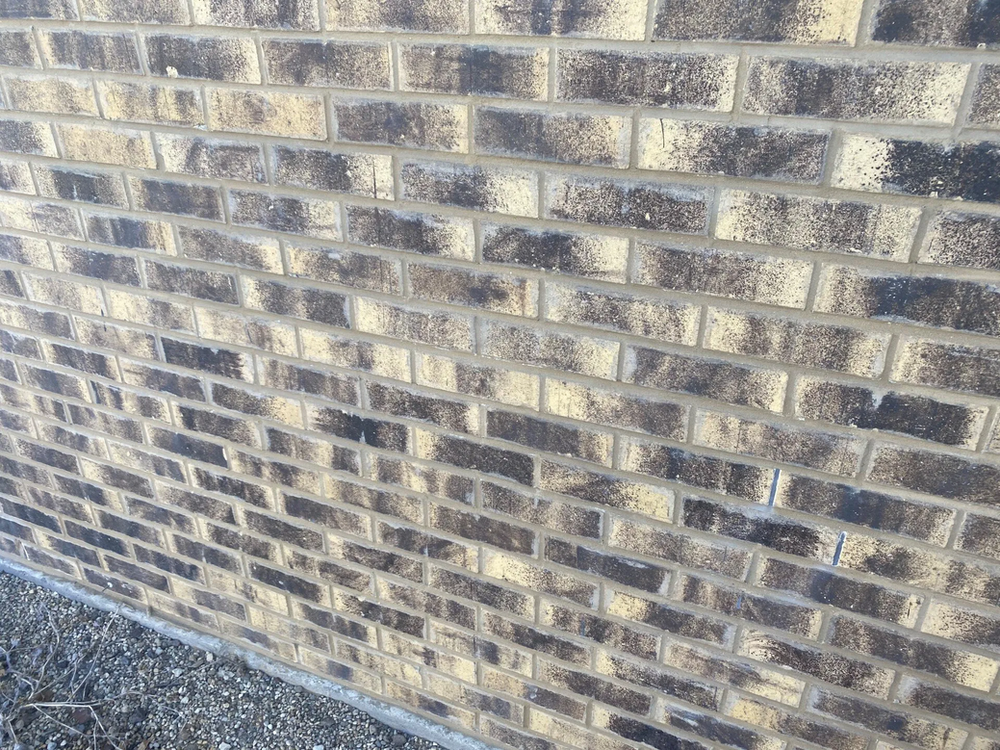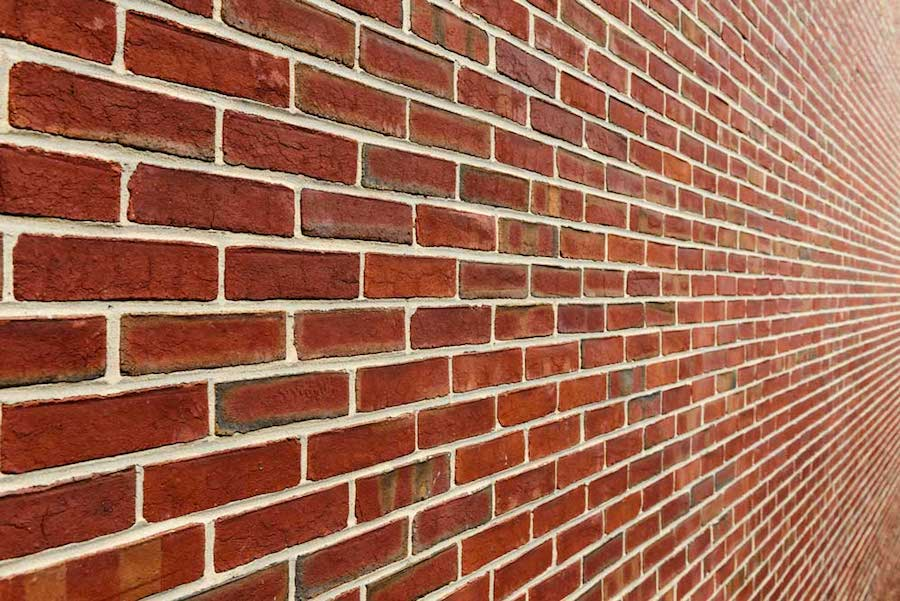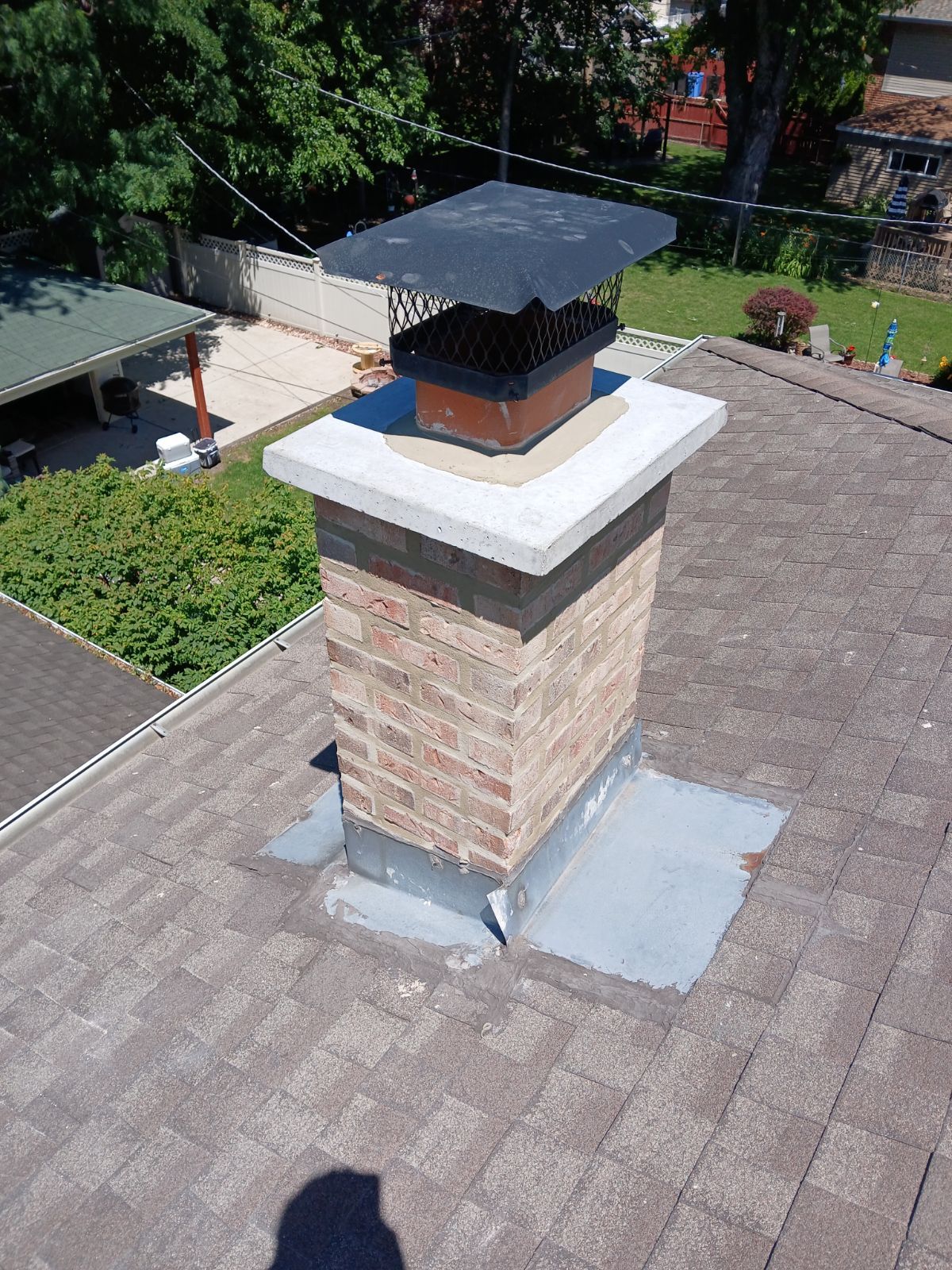Signs You Need Professional Tuckpointing Before Winter
How to Know When Tuckpointing Is Necessary
As the seasons change and winter approaches, it’s essential to prepare your home’s exterior for the colder months. One often-overlooked but crucial maintenance task is tuckpointing—the process of repairing and restringing the mortar joints between bricks or stones. Proper tuckpointing not only enhances your home’s appearance but also protects it from water infiltration and structural damage caused by harsh winter conditions. Recognizing the signs that your masonry needs professional tuckpointing can save you from costly repairs down the line. Here are the key indicators to watch for:
1. Crumbling or Missing Mortar
One of the most obvious signs that your home needs tuckpointing is crumbling or missing mortar. Over time, exposure to moisture, freeze-thaw cycles, and general wear can cause mortar to degrade. If you notice chunks of mortar falling out or gaps in the joints, it’s time to call a professional. Tackling this issue early can prevent water from seeping into the brickwork, which could lead to more severe damage during winter’s freeze-thaw cycles.
2. Cracks in the Masonry
Hairline cracks or larger fractures in the mortar joints or bricks are clear signs of structural distress. Cracks can develop due to foundation settling, thermal expansion, or shifting of the building’s frame. If these cracks are left unaddressed before winter, water can penetrate and cause further deterioration, leading to costly repairs. A professional tuckpointer can assess and repair these cracks effectively.
3. Discoloration and Efflorescence
A healthy mortar joint should have a uniform color that matches the surrounding masonry. Discoloration, such as white or chalky deposits called efflorescence, indicates moisture moving through the mortar and bricks. While efflorescence itself isn’t always a significant problem, it signals underlying moisture issues. If left unaddressed, water intrusion can weaken the masonry and compromise your home’s structural integrity, especially during winter rains or snowmelt.
4. Loose or Moving Bricks
If bricks feel loose or shift when lightly pressed, it’s a sign that the mortar holding them in place is failing. Loose bricks not only affect the aesthetic appeal of your home but also pose safety risks and can lead to more extensive damage. During winter, moisture can infiltrate these gaps, causing the mortar to freeze and expand, which further destabilizes the masonry. Professional tuckpointing can securely rebind these bricks.
5. Evidence of Water Damage
Stains, mold, or moss growth on your walls indicate persistent moisture issues. Water that seeps through deteriorated mortar can cause dark patches, efflorescence, or even interior water damage. If you notice any of these signs, it’s crucial to have your masonry inspected and repaired before winter hits, preventing further moisture intrusion and damage.
6. Increased Energy Bills
A properly maintained exterior helps with insulation. Cracked or deteriorated mortar can create gaps that allow cold air to seep into your home, forcing your heating system to work harder. If you’ve noticed a spike in energy bills without a corresponding increase in usage, it might be due to compromised masonry. Tuckpointing improves insulation and helps keep your home warmer in winter.
7. Age of the Masonry
Even if you don’t see visible damage, older buildings often benefit from a tuckpointing assessment. Mortar naturally deteriorates over decades, and proactive maintenance can extend the lifespan of your masonry. If your home is over 50 years old and hasn’t been inspected recently, scheduling a professional tuckpointing appointment before winter is a wise preventative measure.
Why Winter Preparation Matters
Winter can be harsh on masonry. The repeated cycle of freezing and thawing causes mortar joints to expand and contract, leading to cracks and deterioration. Addressing these signs early ensures your brickwork remains stable and protected from water damage, ice expansion, and other winter-related issues.
Recognizing the signs that your masonry needs professional tuckpointing is vital for maintaining the structural integrity and aesthetic appeal of your home.
Do You Need a Chimney Inspection or Tuckpointing in Chicago or the Suburbs?
If you own a home in the
Chicago,
Western Springs, or
Oak Lawn areas and suspect your chimney needs
tuckpointing, contact Kerry Tuckpointing. We’ve been tuckpointing and repairing masonry since 1991.
Click here for a free estimate!
